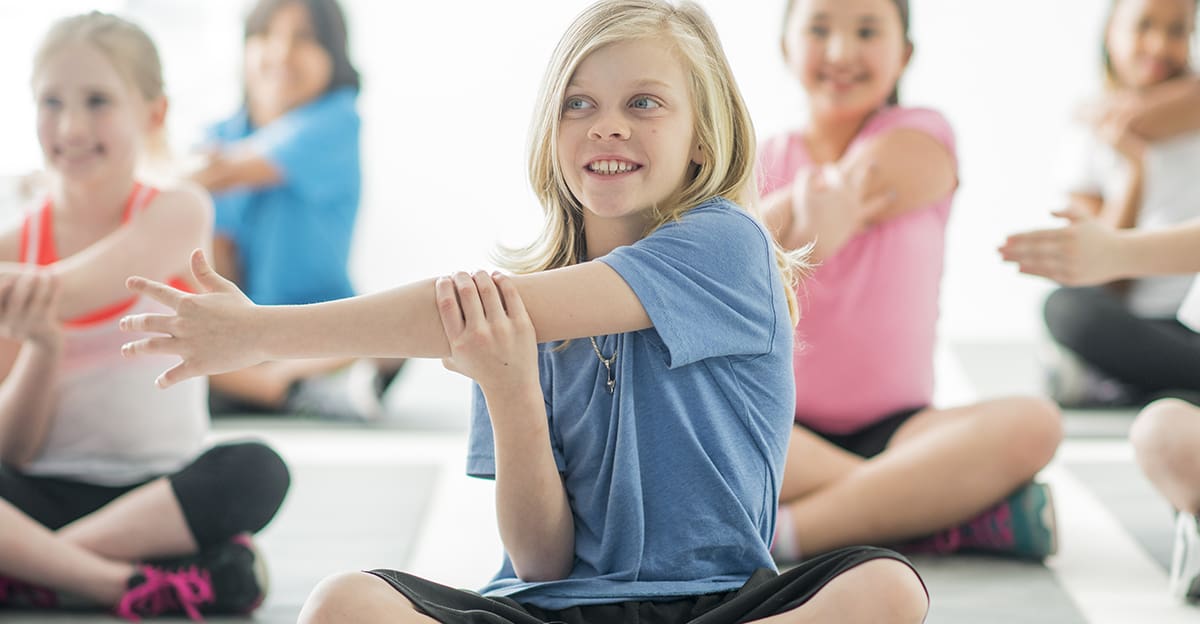We will Discuss The Role Of Behavior In Physical Fitness Levels The way a person behaves has an important effect on how fit they are overall. Behavior is an expansive term that includes decisions and activities ranging from nutrition to exercise schedule, and it has a significant impact on an individual’s health and well-being. Understanding the relationship between behavior and physical fitness is crucial for implementing long-lasting lifestyle modifications and attaining ideal health results.
Discuss how Psychological Factors Affecting Physical Fitness
Constant workout engagement is driven forward by motivation. People who have an intrinsic drive are more likely to stick with their routines of exercise as they are motivated by internal reasons like better health or increased self-satisfaction. On the other hand, extrinsic motivation—which comes from outside sources like incentives or societal acceptance—might be less successful in maintaining long-term behavioral change. Maintaining a positive outlook is essential for overcoming setbacks and being dedicated to your fitness objectives. People may keep up enthusiasm on their fitness journey by cultivating a growth behavior and interpreting obstacles as opportunities for enhancement.

What are the Habits and Lifestyle Choices We Discuss The Role Of Behavior In Physical Fitness Levels.
Establishing good habits is essential to sustaining your physical fitness over time. Basic habits like making sleep a priority, drinking enough water, and using stress-reduction strategies enhance general well-being and enhance athletic performance. Lifestyle decisions, including stopping smoking and drinking too much alcohol, can also improve cardiovascular health and sports performance. Through the integration of these habits into everyday regimens, people may establish a strong basis for long-term growth in fitness.
What are the Social Influences on Fitness Behavior
An important factor in determining fitness behavior is social support. Having a support system helps boost motivation and responsibility, whether it comes from online forums, family encouragement, or exercise partners. On the other hand, unfavorable social factors like peer pressure or not supportive relationships might make it harder to stick to an exercise schedule. Creating a socially encouraging atmosphere that encourages healthy behaviors and recognizes accomplishments is crucial for maintaining long-term fitness success.
What are Mental Health and Physical Fitness Discuss The Role Of Behavior In Physical Fitness Levels

There can be no denying the link between mental and physical health. Exercise has been demonstrated to reduce anxiety, depression, and stress by increasing neuroplasticity and producing endorphins. Including regular exercise in one’s regimen can elevate mood, increase self-worth, and enhance the quality of life in general. Mindfulness exercises, like yoga or meditation, can also help to strengthen emotional resilience and bodily awareness, which in turn promotes mental health.
What are Environmental Factors and Fitness
Exercise habit is greatly influenced by the availability of resources, such as economical, healthful food options, recreation centers, and secure parks. People who live in situations that encourage physical activity are more likely to have healthy lives and regularly exercise. Encouraging physical activity while encouraging population-wide health may be achieved via creating supportive surroundings that value green areas, pedestrian-friendly infrastructure, and community leisure activities.
What are Personalized Approaches to Fitness Discuss The Role Of Behavior In Physical Fitness Levels
Understanding that universal methods of fitness are insufficient, customized plans based on unique tastes and habits are essential for ongoing achievement. People may create exercises that match their objectives and lifestyles by being aware of their motivations, strengths, and limits. Getting real outcomes and promoting adherence requires finding interesting and lasting tasks, whether through self-directed exercises, group programs, or personal training.
What are the Overcoming Barriers to Behavior Change
Reducing resistance and establishing durable routines involve acknowledging and fixing basic barriers that hinder change. One of the most frequent obstacles people have when trying to implement healthy practices is a lack of time, motivation, or resources. Through the application of tactics like goal-setting, habit stacking, and social support, individuals may get beyond these obstacles and build momentum in the direction of their fitness objectives.
What is The Role of Education and Awareness
Encouraging people to become familiar with the advantages of physical exercise is essential for providing them with the power to make decisions about their health that are well-informed. Change in society may be initiated by outreach efforts stressing the advantages of physical activity in avoiding chronic illnesses, boosting mental health, and increasing overall happiness in life. Public health programs can motivate people to prioritize fitness in their everyday lives by increasing knowledge of the right away benefits of frequent physical activity and the long-term dangers of sedentary lifestyles.
How Technology Helps in Behavior Modification Discuss The Role Of Behavior In Physical Fitness Levels
Advances in technology have completely changed how we think about behavior modification and fitness. With the use of wearable technology, smartphone applications, and internet resources, people can now measure their achievements, receive immediate feedback, and get tailored guidance to help them keep track of their physical activity habits. People may stay responsible and inspired on their path to fitness by using technology to create goals, track exercises, and interact with online networks.

What are The Importance of Goal Setting
Setting SMART (specific, measurable, realistic, relevant, and time-bound) goals is essential for monitoring performance toward exercise seeks and guiding habit changes. Whether the objective is to increase heart rate, gain muscles, or reduce weight, setting specific goals gives focus and drive. Goals should be reviewed and modified frequently in light of personal preferences and performance to guarantee ongoing progress and growth.
What is Mindfulness and Mind-Body Connection
Adding mindfulness exercises to routines of exercise can improve general well-being and strengthen the mind-body connection. Exercises that encourage calm and awareness of now include tai chi, yoga, and mindfulness strolling. People can develop a stronger feeling of body appreciation and awareness by focusing on the feelings of movement and breath. This can lead to a good association between exercise and self-care.
Educational Campaigns and Public Health Initiatives
A vital role in encouraging fitness behavior and avoiding chronic illnesses is played by government departments and health care groups. These organizations promote laws that encourage active living and increase the public’s understanding of the value of exercising through educational campaigns, governmental efforts, and community collaborations. Corporate wellness initiatives, educational fitness classes, and municipal infrastructure upgrades that encourage walking and cycling are all successful examples of public health interventions.
Conclusion
In summary, conduct is a major factor in establishing one’s degree of physical fitness. Many factors, including social support, surroundings, or desire including habits, impact our general well-being and exercise behavior. People who understand the relationship between behavior and fitness are better able to make decisions, get past challenges, and maintain their health over time. By making sustainable lifestyle changes a priority and changing how we act, we may reach our greatest potential and live long, healthy lives.
Frequently Asked Questions
How does behavior impact physical fitness?
Regular exercise and general health are strongly impacted by behavior, which includes habits, motivation, and societal backing.
What role does mindset play in achieving fitness goals?
It requires a positive outlook, marked by growth-oriented thought and tenacity, to overcome setbacks and remain dedicated to fitness objectives.
How can technology support behavior modification for fitness?
Real-time input, progress tracking, and individualized coaching are all offered via wearable technology and smartphone apps, which increase accountability and motivation.
